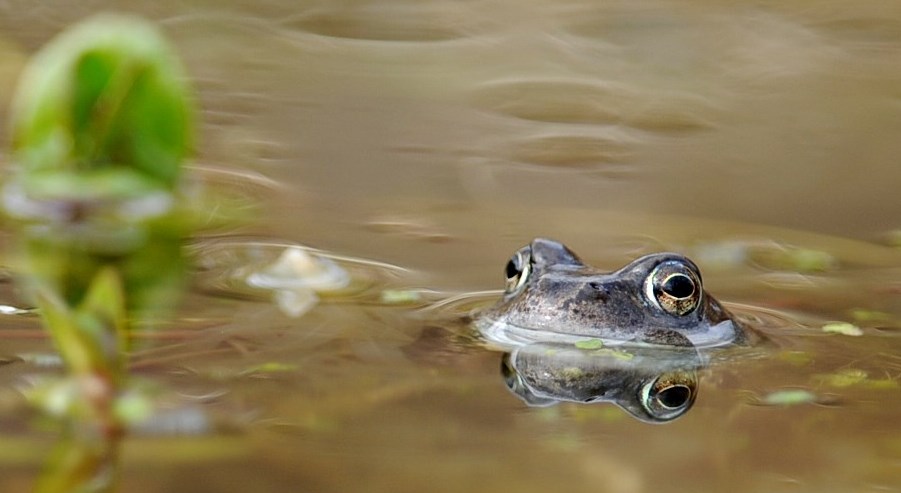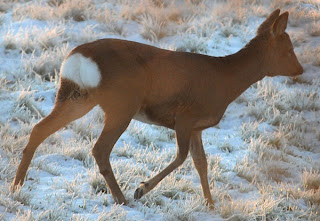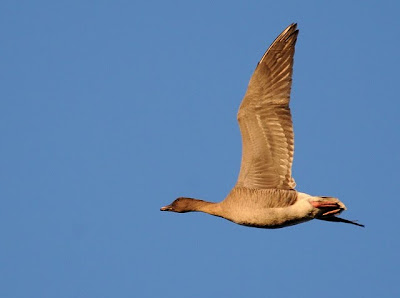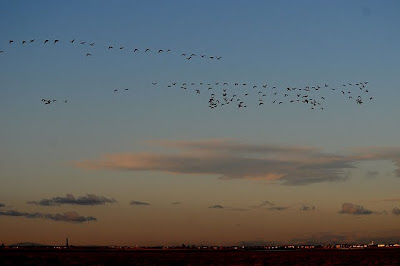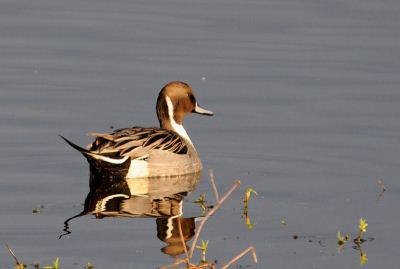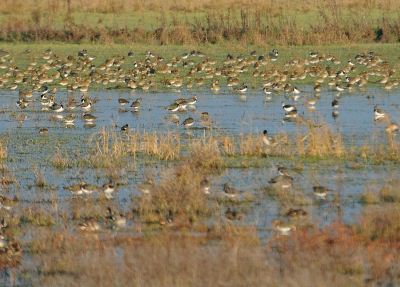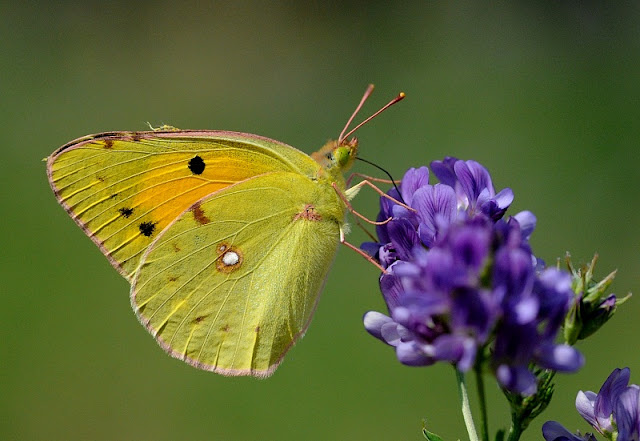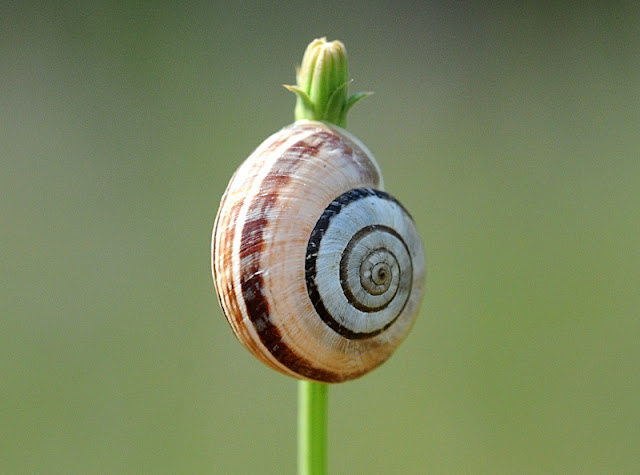On 8th December the government's consultation on Bovine TB ends. I've read the consultation document and the government makes it clear it want to pursue a policy of culling badgers.
I've got no problem with culling, per se, if its use can be justified on ecological grounds. e.g. controlling deer populations (although I'd rather see natural predator control such as lynx and wolves being reintroduced, but like that's going to happen!). However the badger cull proposals have got it wrong.
There is little doubt that Bovine TB is transmitted from badgers to cattle, and that persistent widespread culling reduces TB rates, but only modestly and only in the culling areas. The neighbouring areas see an increase in infection rates and even the culled areas have high rates of TB in the cattle herds - just lower than before the cull.
Badger vaccinations which are now available don't have any of the drawbacks of culling and would cost about the same to implement. The government argues that vaccinations don't protect or remove already infected badgers. True, but the culling approach doesn't see benefits in terms of reduced infections in cattle until the 4th year anyway, and that's about the lifespan of a badger (infected or not). Vaccinations could make headway in terms of achieving herd immunity in badgers by this time. The government plays down the vaccination benefit as it's based on a model (there is little field evidence as the vaccine has only been available since March 2010). But despite decades of failed culling attempts it is pinning all its hopes on one (scientifically sound) study - the Randomised Badger Culling Trials (RBCT). This is curious because the Independent Scientific Group set up to monitor the trial concluded in 2007 that "badger culling is unlikely to contribute usefully to the control of cattle TB in Britain, and recommend that TB control efforts focus on measures other than badger culling". The government's decision to ignore this advice can only be politically motivated, because the science and the economics behind culling don't stack up.
In a nod to the "Big Society" the government is proposing to hand over the problem and the costs of dealing with it to landowners. It wants to come up with a proposed solution and expects the implementation to be managed at a local level. However I can't see how it will work. Any application to cull or vaccinate will need be part of a plan covering at least 150km2 -treating smaller areas is proven to be ineffective. Somebody has got to coordinate that locally and all the landowners have got to be part of the plan for it to work. It must be applied consistently for at least four years and comply with all the relevant licensing requirements . Oh and it must be paid for by the landowners. To make matters worse those in the culling area have got to tell the farmers outside the treated area why it's a good idea and that they are likely to see an increase in TB in their cattle as a result of the cull! This is because culling disrupts badger's normally stable socially structure and causes them to move around more and mix with other badger groups, which increases the spread of TB outside the culling zone - it's known as perturbation and is the main reason culling doesn't work.
Culling is proposed to be done by shooting (either trap the badger in a cage and shoot it or shoot free ranging badgers). The government is relying on evidence from the Game Conservancy, which is (deliberately?) misquoted in the consultation document, that enough badgers can be located and shot to make the culling effective. I think the evidence to support this is very weak. The Game Conservancy asserts that it would be easy to find and shoot the first few badgers, but as the numbers decline and they get harder to locate "appropriate incentives" would be required for the marksmen to carry on doing the work.
Read their report here. Where is the evidence that the appropriate incentives would be paid (by the local landowners) to ensure the requisite number of badgers is killed humanely (and disposed of appropriately) to make the cull effective? You can image a bounty of £x per badger and the shooters make a few quid in years one and two, find the going tough in year three and abandon in year four for another area with a higher badger population. If this were to happen, the evidence suggests the cull would have been a waste of time. Implemented at a local level, there is little chance that hundreds of badger culling programmes would be carried out with the necessary rigour and fully funded to their conclusion that would be required to achieve a successful outcome (in terms of cattle TB control).
One final point on the Game Conservancy, for which I do have some - qualified - respect. If you ask a pro-shooting organisation how to control badgers, don't be surprised if they tell you it's a good idea to shoot badgers.
The other method of shooting, is to trap first. But if you are going to the effort of trapping a live badger, then why not vaccinate it instead of shooting it? This would do away with the well documented problems that culling causes and be a step in the right direction towards herd immunity.
I also have an issue with the licensing. Given the quite frankly appalling level of abuse of wildlife legislation and pitiful level of prosecutions and sentencing in this country I have very little confidence that that any culling on the scale needed will be conducted in an ethical and humane way and policed accordingly.
Vaccinations, which are not likely to cost more than culling, are more likely to meet with local approval and therefore more likely to succeed in achieving the necessary coverage. I can't imagine that there are many areas of 150km2 in the country where all the necessary landowners can agree on a policy of culling and then finance it to its conclusion, however if the policy was to vaccinate I would imagine no shortage of community volunteers and conservation agency support to assist landowners in tackling the problem.
One of the arguments against vaccination is that it doesn't remove infected badgers. This is a short-term view that is not credible if the vaccination plan is given longer to work (say 10 years or more). Culling only likely to work after four years and without vaccination TB infected badgers will eventually return. Vaccination will be cumulative from year 1 and can carry on until the necessary herd immunity is achieved. Once achieved the savings to the farmers and government (it currently costs £63 million per year to deal with TB in cattle), will pay many times over for the cost of the vaccination programme.
Because vaccination at present requires capturing and injecting the badger (an oral vaccine is less than 5 years away however), the government is peddling the view that shooting is a more viable option for landowners. Reading between the lines I suspect the government thinks it will be easier to sell the solution to farmers if culling is part of the package - vaccination alone being more costly to implement initially and with a longer time before it starts to payback. I think this view is mistaken, but the government seems to want to absolve itself of any responsibility by handing down an unworkable solution.
There is another side to this debate which is that there is evidence that TB in cattle can be controlled by cattle measures alone and this is not being given enough prominence by the government, but this is a wildlife blog and I'm not going any further into that side of the debate.
Culling badgers is ineffective and is not a long term solution. It is costly, difficult to police, and is socially and morally unacceptable. Vaccination needs to be given time to prove that it works. This is the only acceptable way forward likely to lead to a successful outcome for badgers, cattle and farmers.
